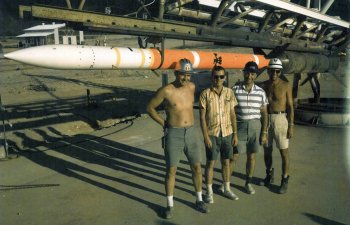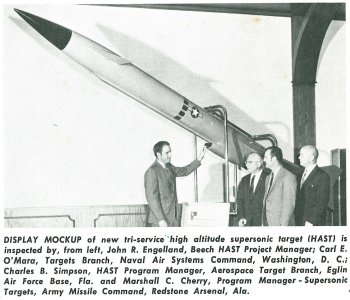Education
Graduate, Sterling High School, Sterling, KS (1956)
Graduate, Sterling College, Sterling, KS (1960)
BS Mechanical Engineering, University of Kansas, Lawrence, KS (1961)
MS Mechanical Engineering, University of New Mexico, Albuquerque, NM (1963)
Professional Experience
Project Engineer, Sandia National Laboratories, Albuquerque, NM (1961-1966)
Program Manager, Beech Aircraft Missile Systems Division, Wichita, KS (1966-1974)
Farmer, Engelland Farms, Sterling, KS (1974-present)
Community Service
Board of Directors, American AgCredit, Santa Rosa, CA
Board of Directors, Sterling Historic Preservation Society, Sterling, KS
National Advisory Council, Sterling College, Sterling, Kansas
Board of Directors, Farmers COOP Union, Sterling, KS
Board of Directors, Rice County Economic Development Corporation
School Board, USD 376, Sterling, KS
various roles, First United Methodist Church, Sterling, KS
Honors and Awards
Kansas Master Farmer (1992)
Sterling High School Black Bear Award (1996)
Narrative
John was born and raised on the Sterling farm where he currently lives. He worked on the farm with his family throughout his youth and teenage years. After graduating from Sterling High School, John continued his education under a cooperative program between Sterling College and the University of Kansas. Under this program, he earned degrees from both institutions.
 Upon completing his BS in mechanical engineering at KU, John began work as a project engineer at the Sandia National Laboratory in Albuquerque while continuing his studies at the University of New Mexico. While at Sandia, John designed payload mechanisms for sounding rockets used for upper atmosphere testing in support of the Department of Energy’s atomic weapons program. During this time, John gained hands-on experience launching the sounding rockets at test ranges in Tonapah, NV and Kauai, HI.
Upon completing his BS in mechanical engineering at KU, John began work as a project engineer at the Sandia National Laboratory in Albuquerque while continuing his studies at the University of New Mexico. While at Sandia, John designed payload mechanisms for sounding rockets used for upper atmosphere testing in support of the Department of Energy’s atomic weapons program. During this time, John gained hands-on experience launching the sounding rockets at test ranges in Tonapah, NV and Kauai, HI.
In 1966, John returned to Kansas where he was employed by Beech Aircraft Corporation in Wichita. He worked in the Missile Systems Division, developing target missiles or drones used in fighter pilot training. These target missiles emulated the flight performance and electronic signatures of opposition (i.e. Soviet) fighter aircraft. The missiles included scoring systems to aid in pilot assessment and were recoverable and reusable.
 John’s primary project at Beech was the High Altitude Supersonic Target (HAST) prototype development program which he managed. This missile was intended to emulate the MiG-23 fighter. Design objectives for the HAST included an operational altitude of 100,000ft and a top speed of Mach 4. Beech based the HAST on their successful AQM-37 Jayhawk target missile. A major improvement (and challenge) for the HAST was a switch from nasty hypergolic liquid rocket fuel to a more user-friendly hybrid rocket motor (solid fuel and liquid oxidizer). The prototype HAST first flew in 1972 at Eglin Air Force Base near Fort Walton Beach, FL. The prototype development program ended in 1974 with a final report documenting the vehicle development and flight test program.
John’s primary project at Beech was the High Altitude Supersonic Target (HAST) prototype development program which he managed. This missile was intended to emulate the MiG-23 fighter. Design objectives for the HAST included an operational altitude of 100,000ft and a top speed of Mach 4. Beech based the HAST on their successful AQM-37 Jayhawk target missile. A major improvement (and challenge) for the HAST was a switch from nasty hypergolic liquid rocket fuel to a more user-friendly hybrid rocket motor (solid fuel and liquid oxidizer). The prototype HAST first flew in 1972 at Eglin Air Force Base near Fort Walton Beach, FL. The prototype development program ended in 1974 with a final report documenting the vehicle development and flight test program.
In 1974, John returned to the family farm northeast of Sterling. He was motivated by a desire to spend more time with his family and to continue the legacy of his great great grandfather. John feels that one of his major contributions to agriculture has been working for improvement in the local Farmers Co-op and working to have the local community perceive farmers as professionals and true businessmen.
